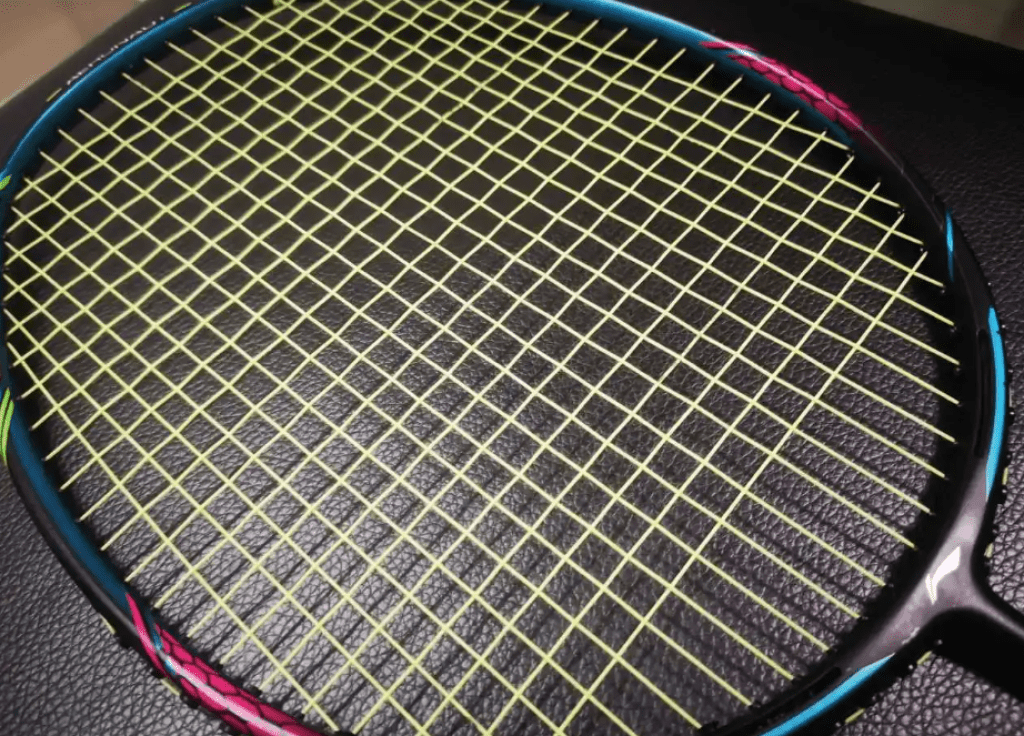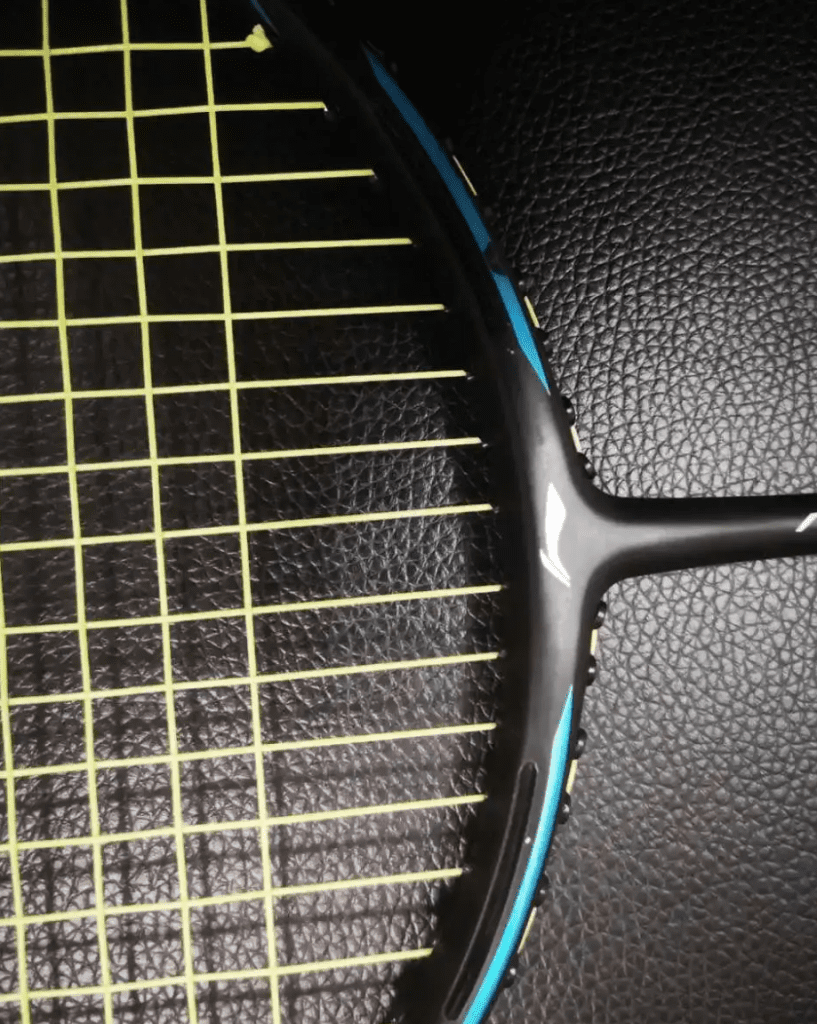Among Li Ning’s mid-range and low-end models, the Wind Blade series stands out in terms of popularity. Although the Energy series also has a few enthusiasts, it cannot compare to the Wind Blade series in terms of visibility. As for the Wind Storm series, despite high ratings from equipment reviews, it remains less prominent, largely due to its association with the older AirStream lineage.
Among these, the Wind Blade 6000 fares better, while the 5000 and 4000 models are less well-received. I want to see if the latter models have any real merit.

Specifications: 3UG5, stripped down, current total weight 92g, balance point 305mm, shaft length 215mm, moderately soft tuning, box-shaped frame, 72-hole string bed, 9-3 o’clock string groove, 30-pound warranty, strung at 26 pounds with N68.
The mid-range frame features only one pair of wind holes, which is quite distinctive. The current model comes in black, purple-red, indigo, and emerald green color scheme. I feel like I’ve used a racquet with this color scheme before, possibly similar to the 7000B, though I haven’t used that model. The design is youthful and vibrant, but only to a limited extent. Generally, Li Ning’s paint quality is reliable, but unfortunately, the previous owner didn’t take good care of it.
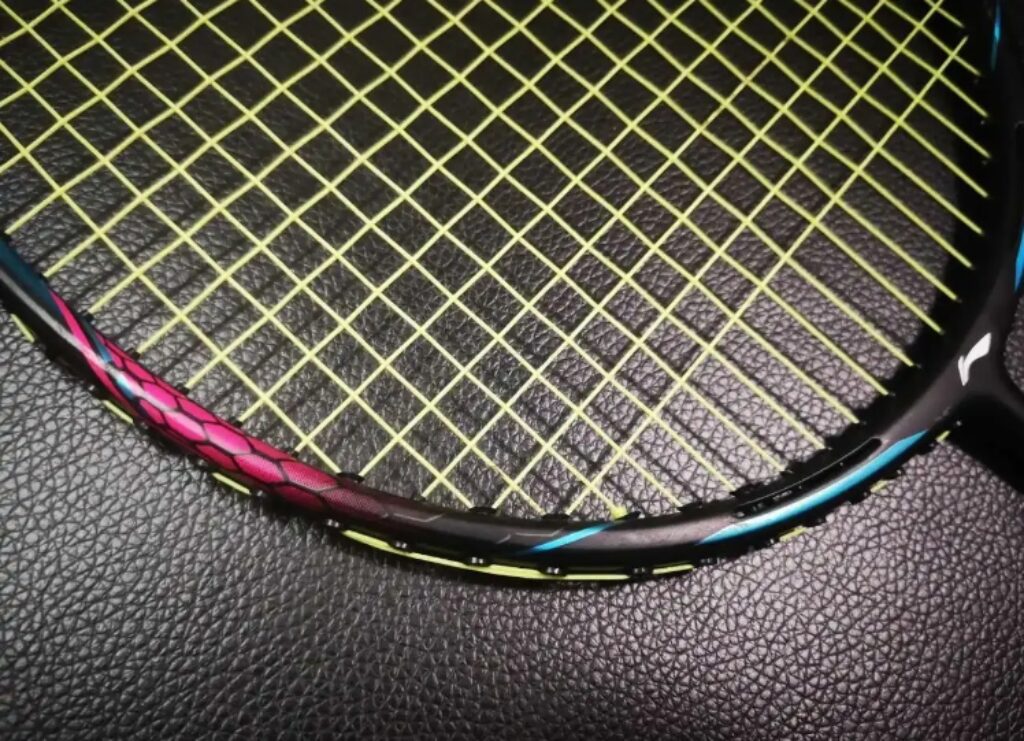
Don’t be intimidated by the balance point and specifications; upon first use, you’ll find that the Wind Blade 5000 is a very user-friendly racquet. It’s head-heavy, with a long shaft and relatively soft hardness, making it feel easy to handle despite the slightly heavy swing weight. Unlike the holding sensation due to a soft frame, the ball stays on the Wind Blade 5000 longer primarily due to the shaft, though its elasticity is adequate. The head-heavy design enhances directional accuracy, and with brief practice, you can control the ball’s placement accurately near the back line during high-clear shots.
Despite the heavy swing weight, it doesn’t feel cumbersome, similar to the Wind Storm 9000. This advantage is likely due to the wind holes.
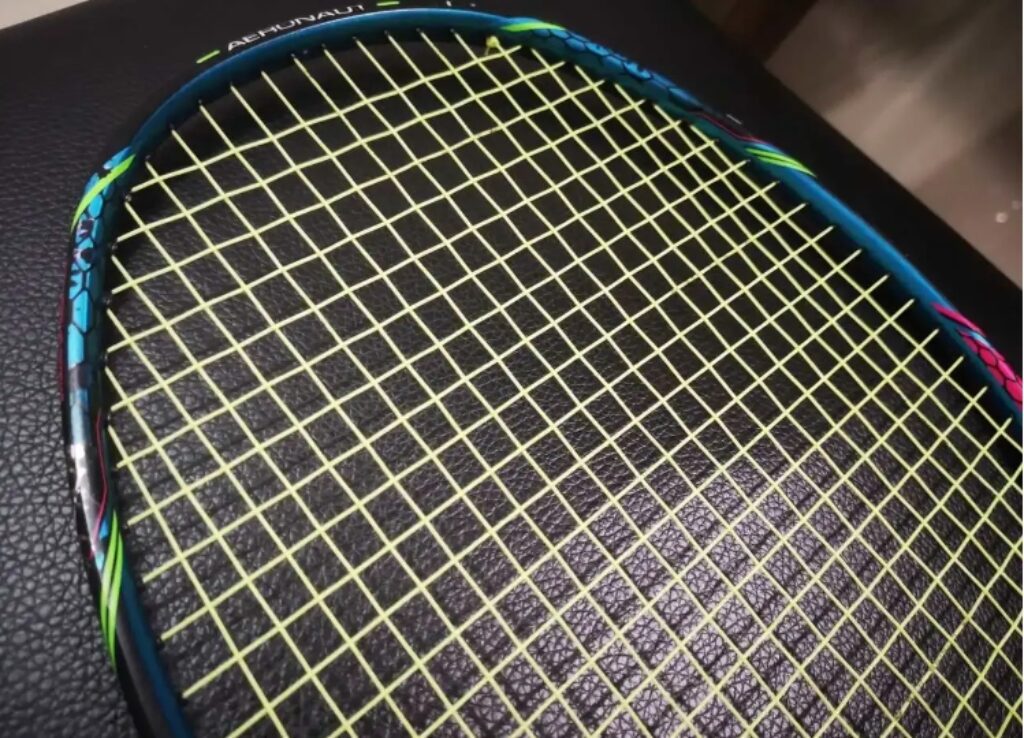
If you don’t mind a softer shaft, this racquet offers a very satisfying feel. My recent experience showed that I need some “sugar” in my game. The difference in feel between entry-level and high-end racquets had previously made it difficult to adjust, but I’ve found that the Wind Blade 5000 provides a pleasant hitting experience.
The head-heavy design causes the head to drop, and the shaft’s deformation is easily managed. The combination of elasticity and head weight avoids a sluggish hitting feel. The feedback isn’t direct, but the heavy smash quality is still good, reminiscent of old Li Ning’s solid but soft hitting feel with a large sweet spot, making it easy to handle. The downside of the heavy swing weight is somewhat mitigated by the lower power requirement.
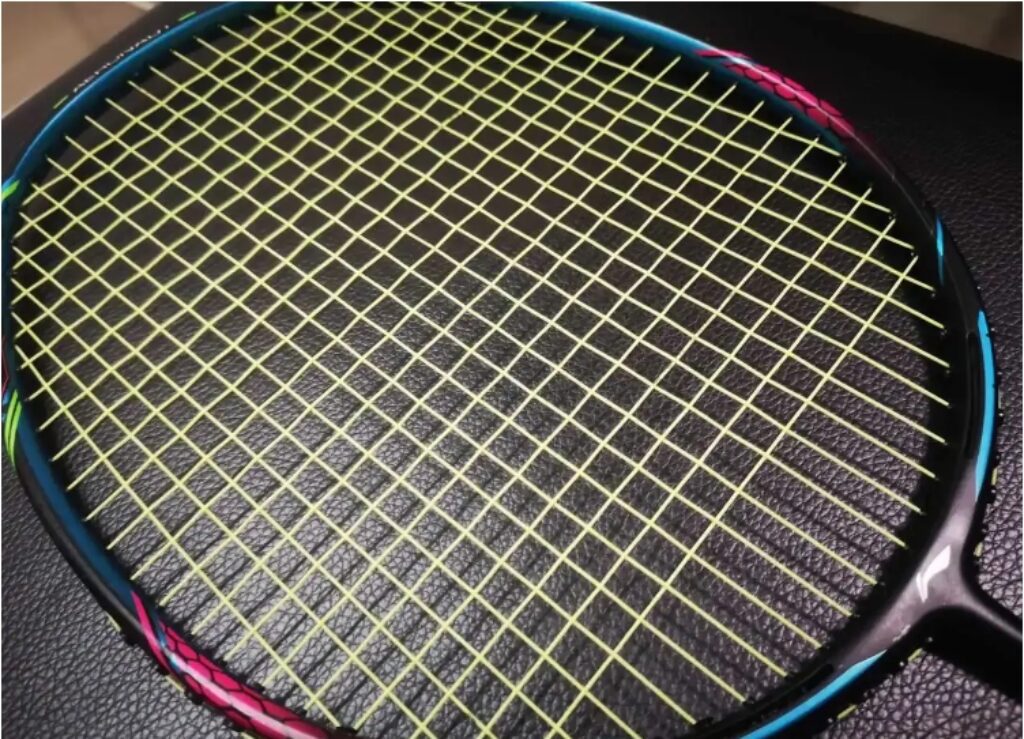
However, continuous defensive play in doubles can be challenging. While it can handle individual smashes effectively, sustained defensive play becomes more difficult as the shaft and head begin to wobble, and the swing weight remains a factor. In fast-paced rallies, the racquet’s softness and head-heavy design may hinder quick reactions and adaptability.
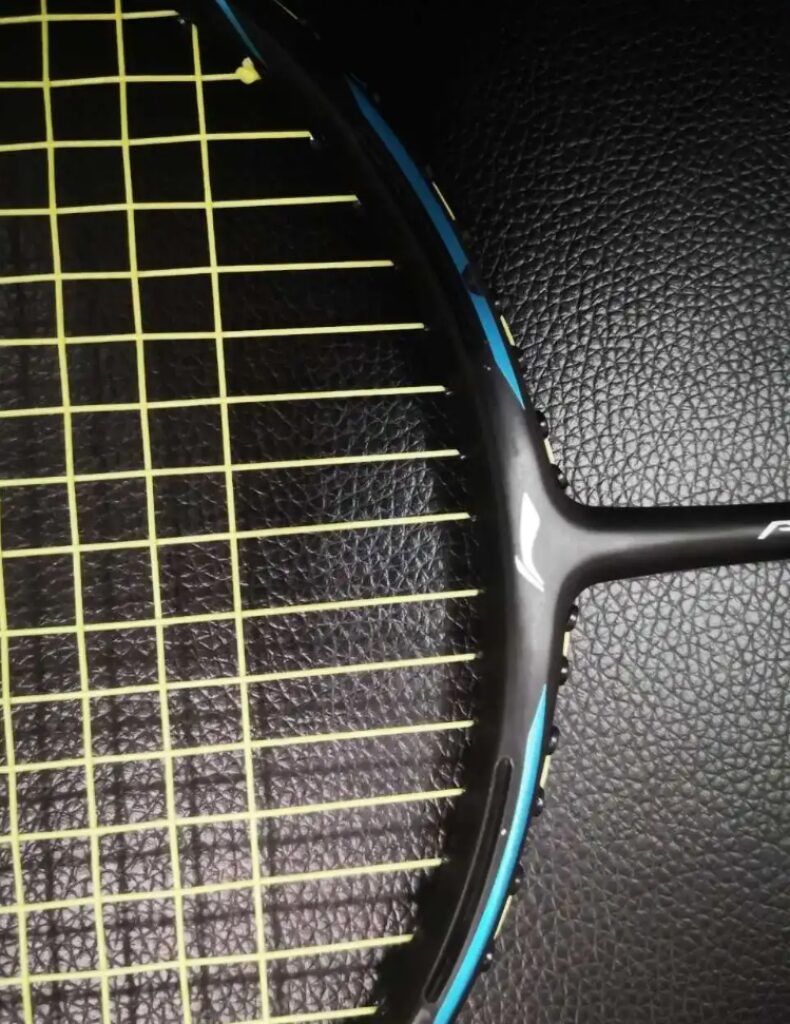
In conclusion, I initially treated it as a smaller version of the Wind Storm 9000. It’s a versatile mid-range racquet suitable for both singles and doubles. While the Wind Blade 500 is popular, I find that other mid-range models offer similar benefits without the higher price associated with popularity.







